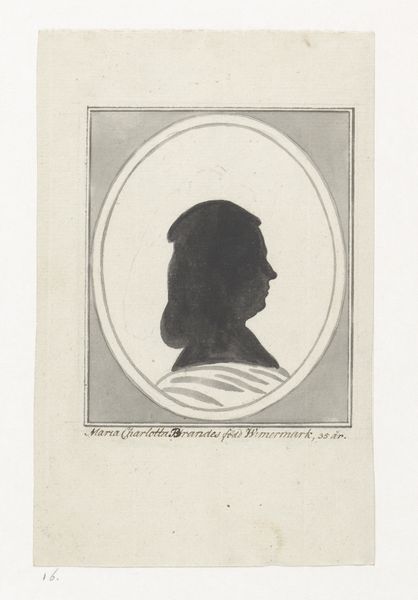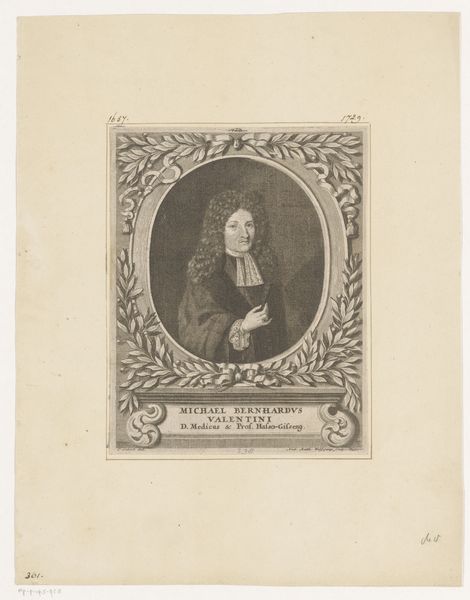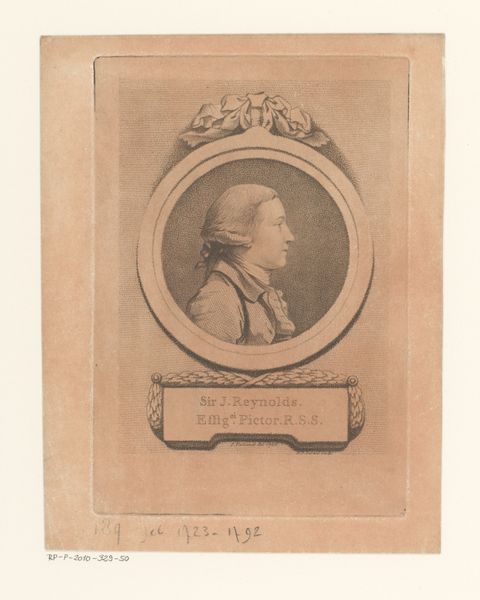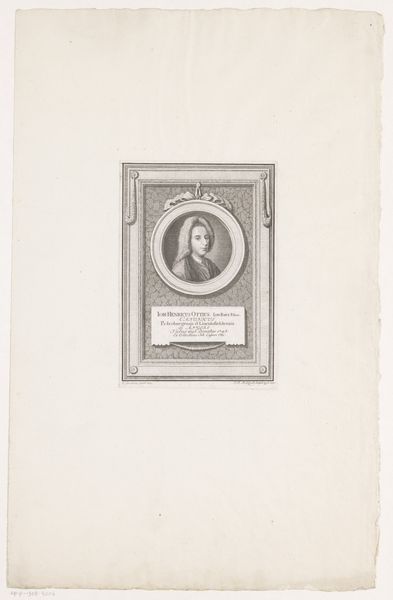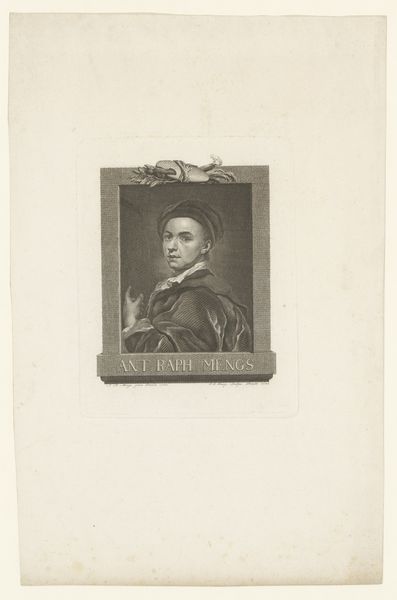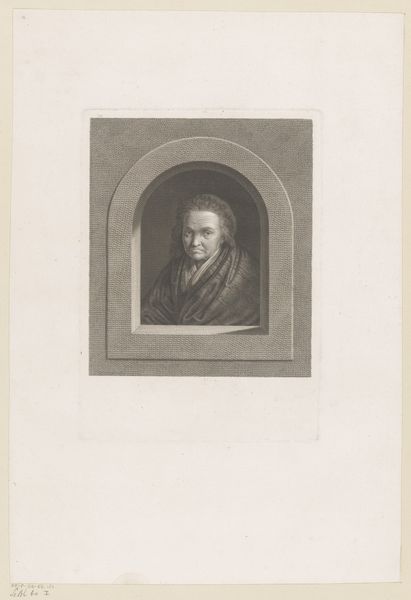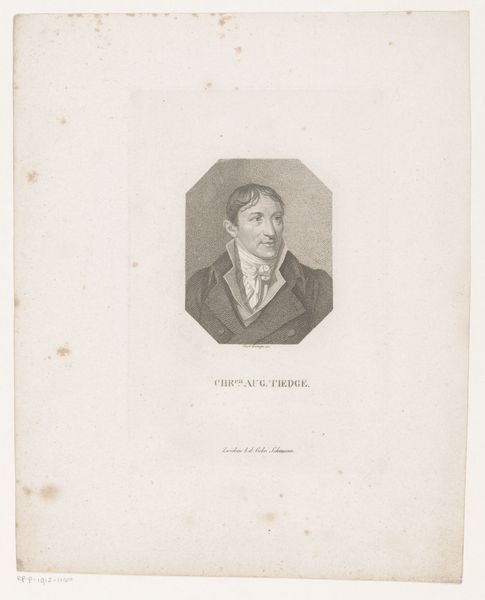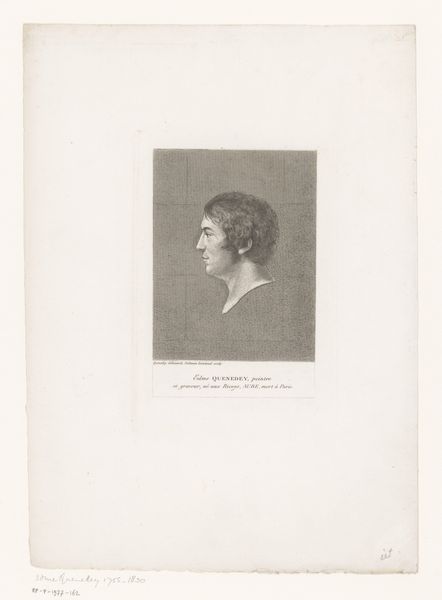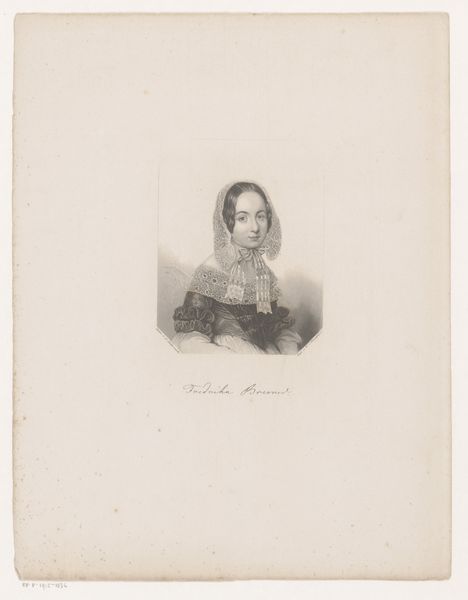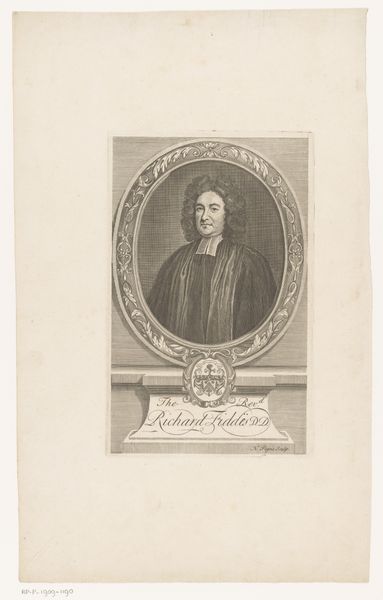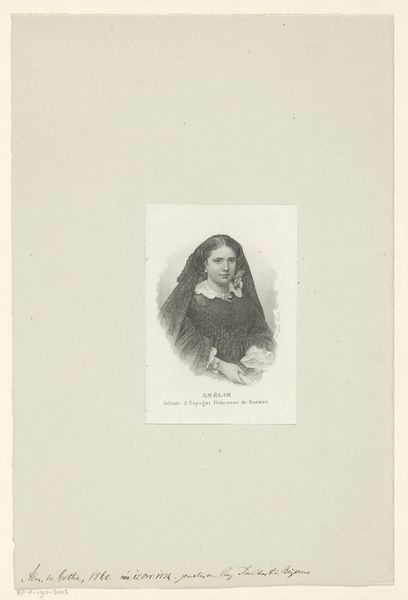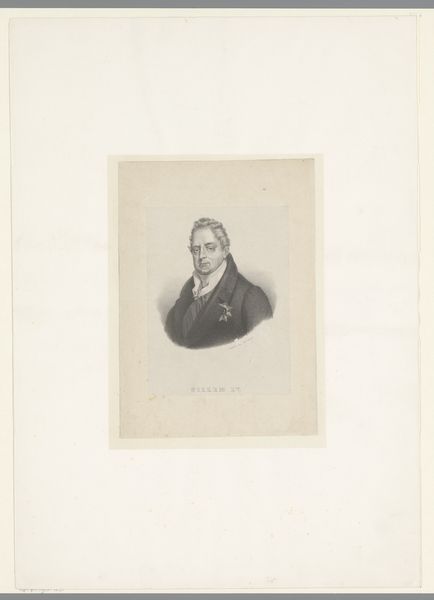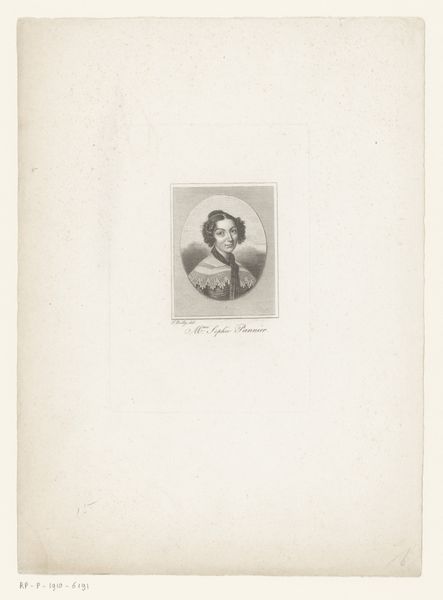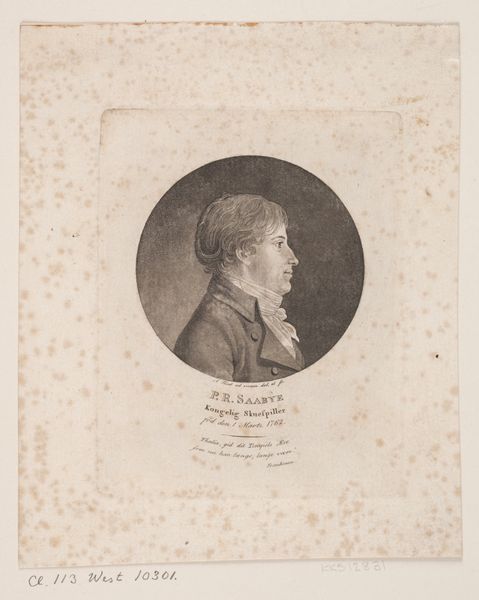
engraving
#
portrait
#
neoclacissism
#
aged paper
#
toned paper
#
old engraving style
#
historical photography
#
academic-art
#
engraving
Dimensions: height 219 mm, width 138 mm
Copyright: Rijks Museum: Open Domain
This print of Johann Caspar Lavater was made by Johann Elias Haid, likely around 1777. Look closely, and you’ll see it’s not a drawing or painting, but an etching – a print made using acid to bite lines into a metal plate, which is then inked and pressed onto paper. The effect is quite different from a direct drawing. The controlled, even lines give the portrait a formal quality, fitting for a man of Lavater’s status. But the process also speaks to the burgeoning print industry of the 18th century, and its role in spreading images and ideas widely. It reflects the increasing mechanization of image-making and the rise of visual culture as a commodity, produced in multiples and consumed by a growing public. Consider, too, the labor involved: the skilled hand of the etcher, the work of the press, and the distribution networks that carried these images across Europe. Etchings like this were a key part of the Enlightenment, enabling the circulation of knowledge and the formation of public opinion. They remind us that even seemingly simple images are embedded in complex systems of production and consumption.
Comments
No comments
Be the first to comment and join the conversation on the ultimate creative platform.
